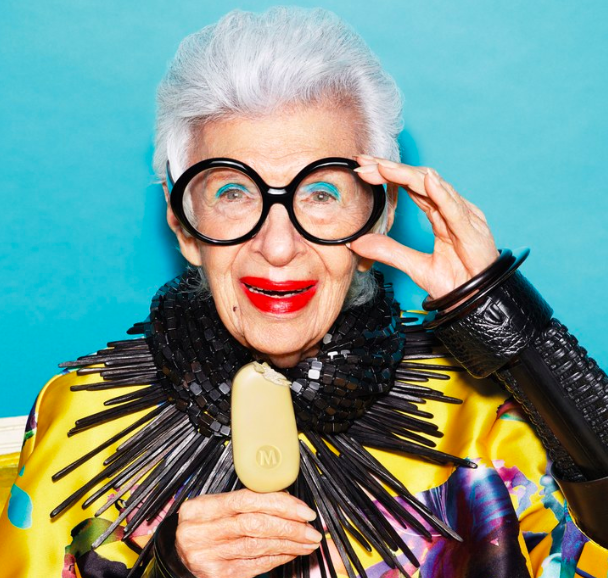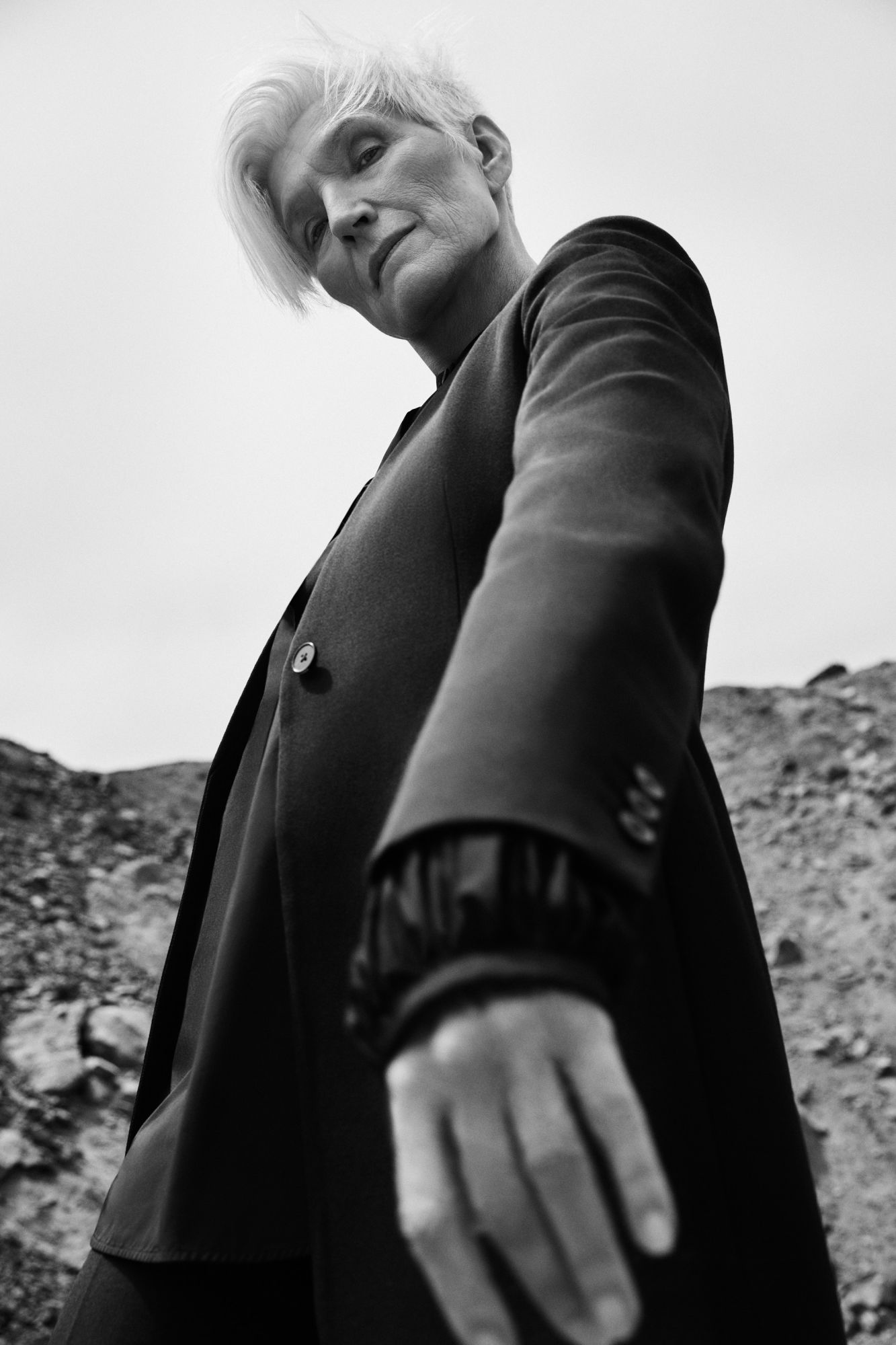From models to marketing, fashion has always been dominated by the young—but are times changing in this multi-billion dollar industry?
They’re calling it a ‘greynaissance’.
Daphne Selfe, Iris Apfel, Maye Musk (mother of Elon Musk)—what do they all have in common? They're not just super models. They're old super models (90, 97, 70, respectively). And it's not just the runways. Fashion campaigns, department stores, employers—across the industry, the fashion world is realising it can no longer exclusively market clothes to the under-40s.
So in an effort to appeal to a massive, untapped market of consumers over the age of 60—which, as societies around the world age, is only getting larger—the fashion industry is embracing the older market. As Barron's calls it: "the mother of all markets."
According to Oxford Economics, spending Americans over the age of 50 accounted for nearly US$8 trillion worth of economic activity in 2015. By 2030, the US. 55-plus population will account for half of all domestic consumer spending growth since the Great Recession, the Boston Consulting Group projects. In Japan and Germany, that number that rises to 67 and 86 percent, respectively.
Whether it's fewer mortgages, parents no longer needing care or just fewer financial worries, septogenurians have spending power—a lot of it. Per capita, 70-somethings are spending around US$880 per month, which is comparable to younger generations, according to government data.
With a falling birth rate and a life span longer than ever before, Japan is becoming a nation of senior citizens. Currently, 34 percent of Japan's population is over 60; in 20 years’ time, that figure will rise to 41 percent. More than half of all Japanese companies are raising the age of retirement, and the government is taking steps to gradually raise the pensionable retirement age from 62 to 65 by 2025.

China’s ageing society problem also appears to be worsening, with the latest official statistics revealing that both its birth and marriage rates have dropped significantly. The country is facing huge challenges with its new births in decline and a quarter of the population expected to be aged over 60 by 2030.
Last year, Alibaba – China’s biggest ecommerce site—harnessed this global movement towards later retirement by releasing a recruitment advertisement for a “senior research fellow.” Taobao, the company’s hugely successful in-house retail arm, was looking to hire two people aged 60 or older to assess new products and test an app that was aimed at senior consumers. It received more than 1,000 applications in 24 hours.


